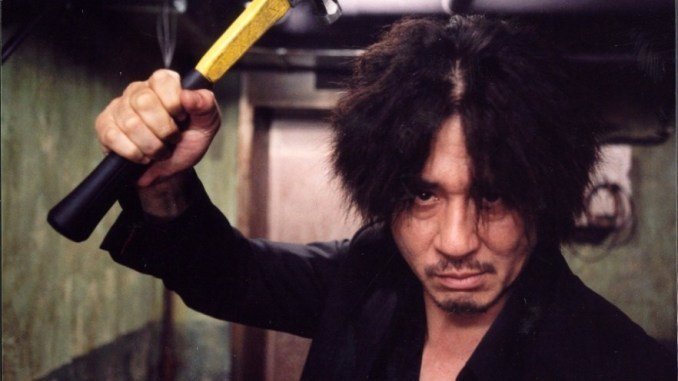#TrueTalkTuesdays 78
With an abundance of time away from the mats, can you train with your imagination effectively?
Yes! 100% Yes.
Speak with any top performer of their field and I would guarantee that they have spent a considerable amount of time thinking about their goals and how they would achieve them.
In a world that wants to see physical action more and more, sometimes the behind-the-scenes action that no one else sees is far more important.
If you have been following me for a while, then you know that I’m a big proponent of visualization aka imagination training.
However, there is an art to visualizing that most people don’t understand, which may be way many people don’t bother with it. If you visualize with non-specific situations, with unrealistic expectations, it doesn’t do much if anything for you.
For example, if you visualize yourself rag-dolling Yoel Romero in a MMA fight, collecting a $1 billion dollar prize as you slap Dana White in the face and get the UFC Bad MOFO belt put on you by your supermodel girlfriend as you jet-pack out of the arena, odds are that isn’t realistic, lol!
So how do you properly use visualization to gain the most out of your time, and why would you use it?
We all understand that experience is important. Someone who is a veteran, battle-tested, or has notches on their belt is someone that is more valued and respected. Why? What is experience?
Experience is a valuable memory. It is usually some sort of hardship or positive memory that instills knowledge, and that knowledge gives you confidence. If it’s a hardship, you learn from the mistakes, and also know that you can survive it. If it’s a positive experience, you know you are skilled and capable of doing it again.
We all can appreciate how important memory is, as without it, well, we wouldn’t be able to be centered or learn from our past.
Now, what if you could instill memories without actually having done them in the real world? Think of it like a false memory, much like Neo in the Matrix learning martial arts in just a few moments. He never really practiced jiu jitsu, yet after he was given these false memories, he knew jiu jitsu.
That was a movie though. Does this work in real life?
Yes. It’s just not as easy as plugging yourself into a machine though. 🙂
The idea behind visualization is to instill a false memory and to trick your subconscious into accepting it as real experience, which in turn will give you increased knowledge and thereby instill confidence.
With that said, here are some basic guidelines:
1 – Be very specific
The more detailed your visualization is, the better it will be accepted. Names, locations, putting faces to people, smells, sounds, feelings – engaging every sense possible. Remember, the idea is to instill a memory – so the more vivid it is, the more real it appears to be to your subconscious.
Feelings are especially important, as they create strong anchors to a memory. Just think of the happiest day of your life, or the worst day of your life. The feeling keeps that memory alive and makes it a part of you. So a visualization without feeling doesn’t really work either.
2 – Be realistic
This is relative to you, but if you wanted to beat GSP in MMA within 2 weeks of training, and started doing visualizations against GSP, unless you are a super freak, this is not realistic at all, and if you believe that to be true, your subconscious will reject this experience and it won’t help you.
So you want to create a visualization that is believable FOR YOU. This means you probably want to stretch just a little out of your comfort zone, but not so much where you are in fantasy land. A good test of this would be to say the goal of your visualization out loud. If you feel silly saying it, chances are you are not ready for that visualization yet.
3 – Write a script, then record yourself reading script
To get the memory down well, you are going to need to write a script. It will be like writing a short story. Using the above guidelines, you will describe in as much detail as possible the memory you want to create for yourself.
Once you have written the script. Record yourself reading it (using your phone). This will come in handy for the next step
4 – Go into a meditative state and play the recording as much times as necessary
Go somewhere where you can relax. For me, that means a quiet and peaceful place, like lying in bed. Then get your phone and play the recording.
You will know the visualization is good if you can feel your heart beating faster and get excited. That’s a sign that you have successfully tricked your mind in believing this false memory.
Once is not enough to play through a visualization. You will play this back repeatedly over the next few weeks. Perhaps once a day, or every other day. I would do this until a week before I was going to actually execute what I was visualizing. At that point, I had lived through this memory so many times that it wasn’t necessary to do it any more. At that point, I’m just focusing on getting good rest and sleeping well.
This doesn’t guarantee victory.
It’s not like you can meditate all day without ever doing any physical preparation and be victorious. This is just another part of training, the part that is usually neglected by amateurs.
However, it definitely increases the odds of it. The end result of using a great visualization is breeding more confidence and comfort with the goal you are trying to achieve. That is putting you in the best position to succeed.
What do you think? Do you agree or disagree?
Comment with your take on this. And if you like this article, please do me a solid and share it with your friends. Thanks!



